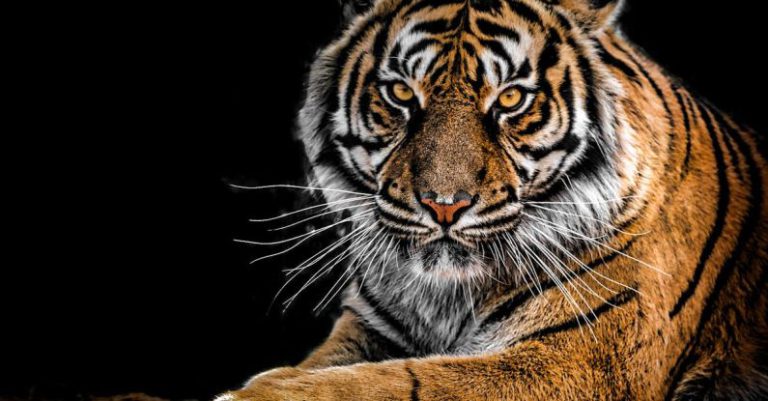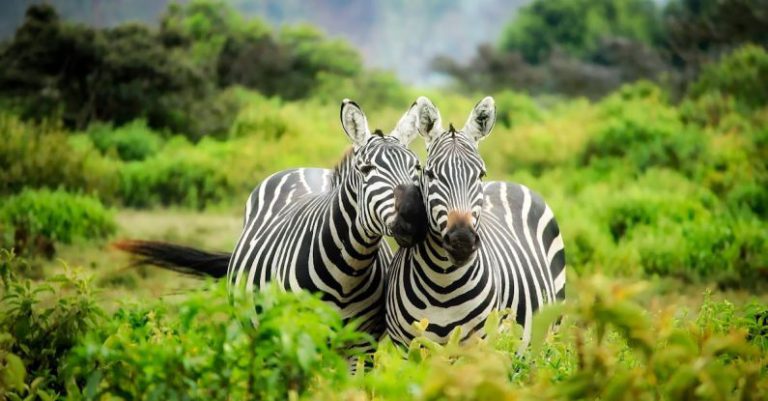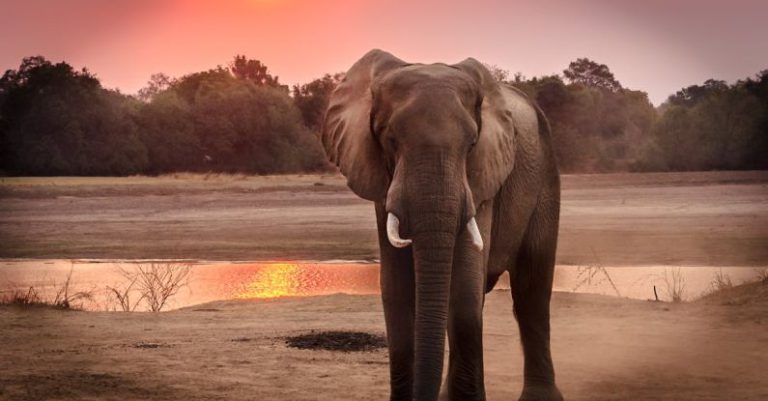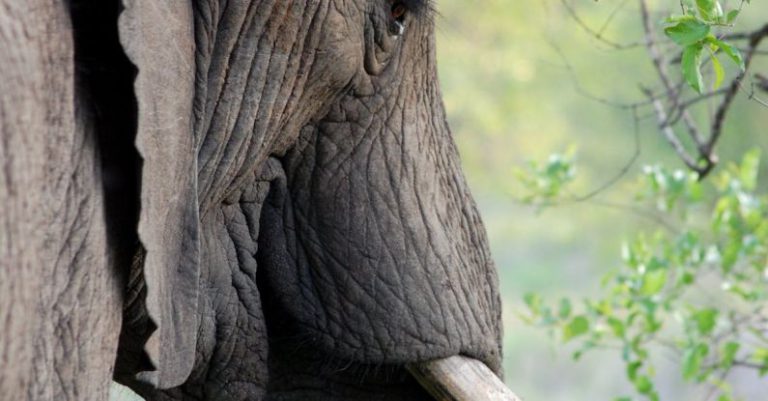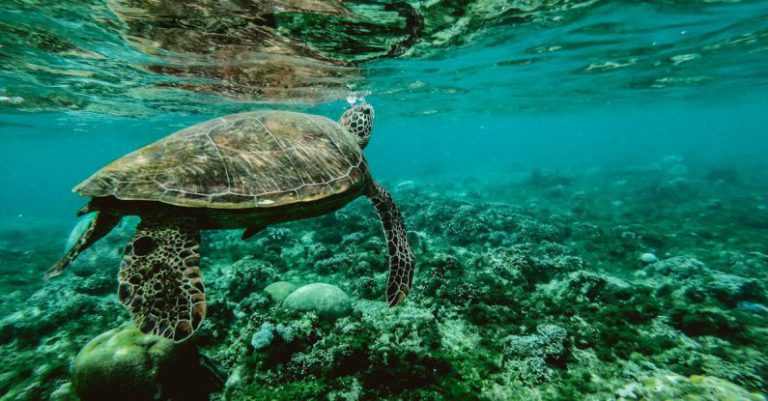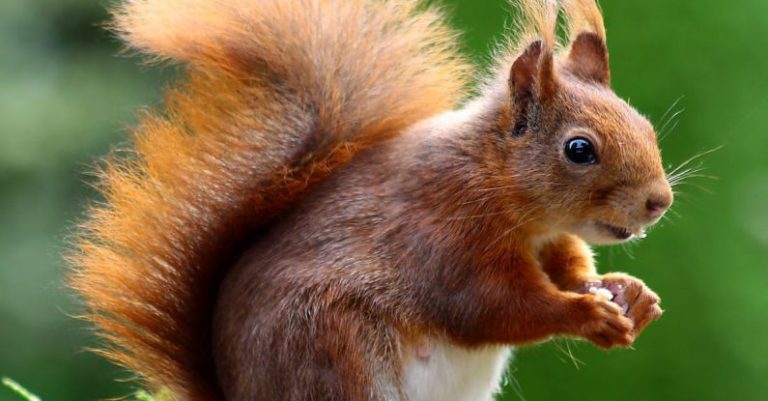
The Best Times for Wildlife Viewing
When it comes to observing wildlife in its natural habitat, timing can be everything. Whether you are an avid nature enthusiast or simply looking to enjoy the beauty of the outdoors, knowing the best times for wildlife viewing can significantly enhance your experience. From the early morning hours to the twilight of the evening, different times of the day offer unique opportunities to catch a glimpse of a wide variety of animals in their natural surroundings.
Early Morning: A Time of Activity and Exploration
The early morning hours are often considered one of the best times for wildlife viewing. As the sun rises and casts its gentle light over the landscape, many animals are beginning their day of activity and exploration. This is particularly true for diurnal creatures such as birds, deer, and rabbits, which are most active during the daylight hours.
Birdwatchers, in particular, will find the early morning to be a prime time for spotting a wide variety of avian species. Many birds are most active during the early hours of the day, as they search for food and engage in territorial displays. If you are interested in observing birds in action, be sure to rise with the sun and head out to your favorite birdwatching spot for the best chance of seeing these fascinating creatures in their natural element.
Late Afternoon: The Magic Hour for Wildlife Photography
Late afternoon is another excellent time for wildlife viewing, especially for those interested in capturing stunning photographs of animals in the wild. As the day begins to wane and the shadows lengthen, the soft, golden light of the late afternoon can create a magical atmosphere for wildlife photography.
During the late afternoon, many animals are preparing for the evening ahead. This can be a great time to observe animals such as deer, elk, and other grazing mammals as they forage for food before settling down for the night. Additionally, predators such as coyotes and owls may become more active during the late afternoon as they begin their nightly hunt.
Evening: Nocturnal Creatures Come Alive
As the day transitions into evening, a whole new cast of characters emerges onto the wildlife stage. Nocturnal creatures such as bats, owls, and raccoons are just beginning their day as the sun sets and darkness falls. For those willing to stay out past sunset, the evening can be a fascinating time to observe these elusive animals as they go about their nighttime activities.
If you are interested in observing nocturnal wildlife, consider venturing out with a flashlight or headlamp to explore the nighttime world. Many animals that are rarely seen during the day, such as flying squirrels and moths, can be easily observed after dark. Just be sure to respect the animals’ natural behavior and avoid disturbing them with bright lights or loud noises.
Seasonal Considerations: The Impact of Weather and Climate
In addition to daily timing considerations, the seasons can also play a significant role in determining the best times for wildlife viewing. For example, spring and fall are often excellent times to observe migratory birds as they pass through on their way to breeding or wintering grounds. Similarly, summer can be a great time to see baby animals as they venture out with their parents to explore their surroundings.
Weather and climate can also have a significant impact on wildlife viewing opportunities. For example, rainy weather can make it more difficult to spot animals as they seek shelter from the elements. On the other hand, clear, sunny days can provide excellent visibility for observing wildlife in action.
In Conclusion: Making the Most of Your Wildlife Viewing Experience
In conclusion, the best times for wildlife viewing can vary depending on the species you are hoping to observe and the specific goals of your outing. By considering factors such as time of day, season, and weather conditions, you can maximize your chances of encountering a wide variety of animals in their natural habitat. Whether you are an early riser eager to catch the morning chorus of birdsong or a night owl on the lookout for nocturnal creatures, there is always something new and exciting to discover in the world of wildlife viewing. So grab your binoculars, pack your camera, and head out into the great outdoors to experience the wonders of the natural world for yourself.
